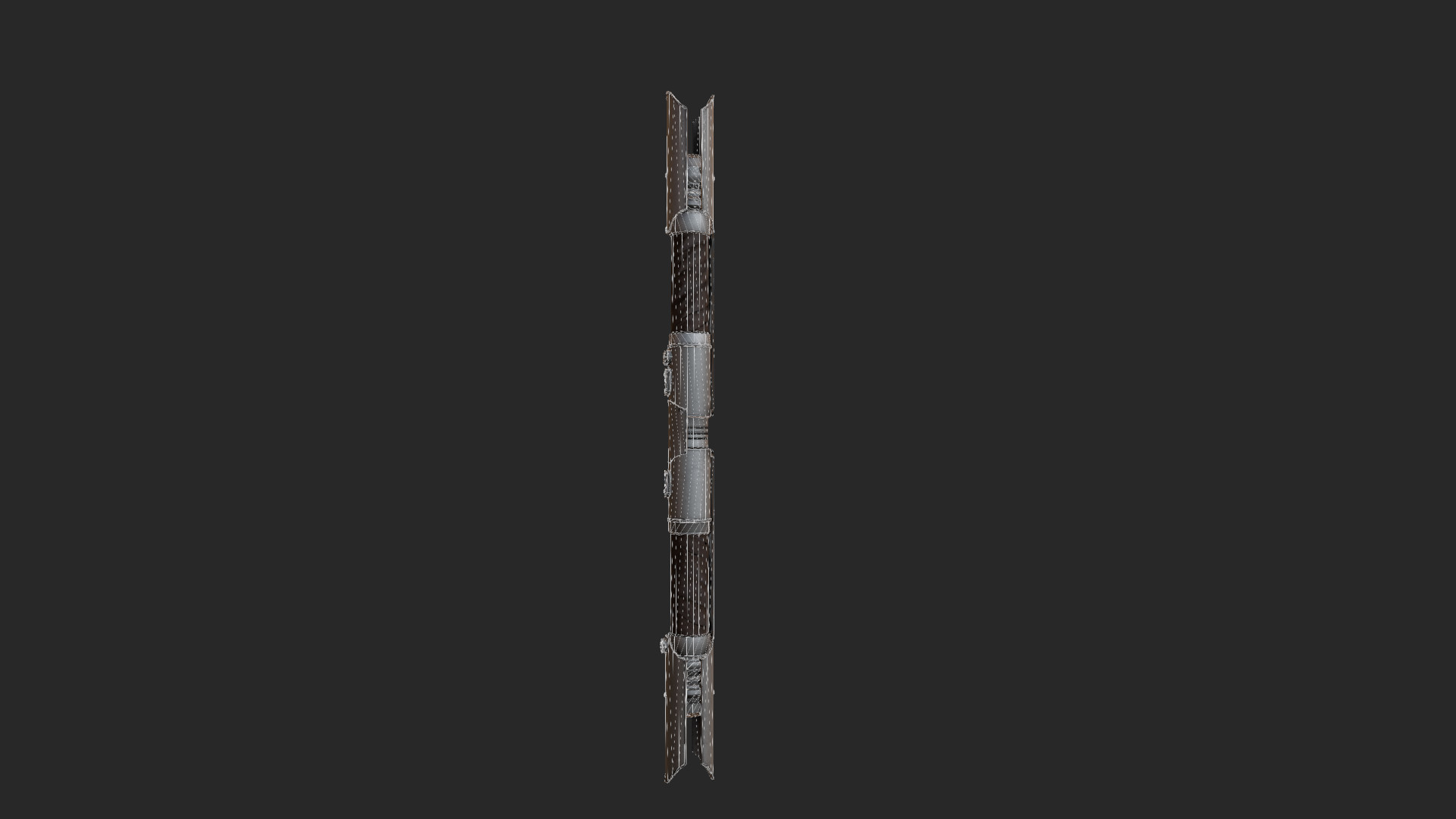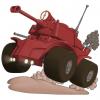About working with PBR MAterials and maps:
My personal expierience was that "crutches" like the Quixel suite do not produce very convincing results out of the box. You really need to dig into the theory behind the PBR workflow of your choice (metallic or specular), find out what all the maps do and influence, and then need to check the output of the Quixel suite to make sure the maps are correct.
Not saying its the fault of the Quixel suite, not entirely anyway. But there are a ton of things that can influence the map outputs more than you want, like grime and dirt not that visible in the diffuse map, but toning down metallic, specular or smoothness way too much.
I found it easier to paint the texture in a 3D painting tool like 3D coat, and then use Crazybump to create AO and Specular maps that I then can enhance and tweak in Photoshop, and mix with my diffuse map to give the colors more depth. I had to tweak all the maps anyway after exporting from the Quixel suite, while fighting with masks and all the knobs and levers of the Quixel suite first, so I spent more time going through the Quixel suite than painting by hand first.
But then I am creating not very high resolution textures with many exture details like clothing patterns omitted, so I guess for really HD textures the Quixel suite would work better.
BTW, looking at the meshes, nice clean layout (save errors as already pointed out), but rather high for a game low poly mesh.
Did you already bake a normal map? Many of the bevelled areas could be collapsed to a simple bevel with two edges, or maybe no bevel and a single edge in case of angles bigger than 90°-120°, as a normal map would simulate a rounded edge just fine, and the shillouette would probably still look correct.
Other areas also seem to have an excessive amount of polygons, like the face mask. Sure, its rounded. But you should let a normal map take care of simulating the roundness, instead of going through smooth shading alone and turn up the polycount because of that.
IMO Place the polygons in a game asset low poly model 1. to get an approximation of the high poly shilouette that still looks mostly correct ingame, and 2. to give the skinning enough polys to deform a skinned mesh. Whereever a polygon does not need to bend in a skinned mesh, or does not contribute much to the shillouette, it can be combined with the neighbouring polygons. You will have more than enough other assets that might need the polycount more, and never enough processing power to handle all these polygons at once and still keep up a good framerate.
Of course, the needed / acceptable polycount depends a lot on how the game asset should be used. This iron man model seen in a isometric game from 30 metres away is a waste of polygons.
Used in close up cinematics, that polycount might actually be fine. Really depends on the game, and scene its used in.





















